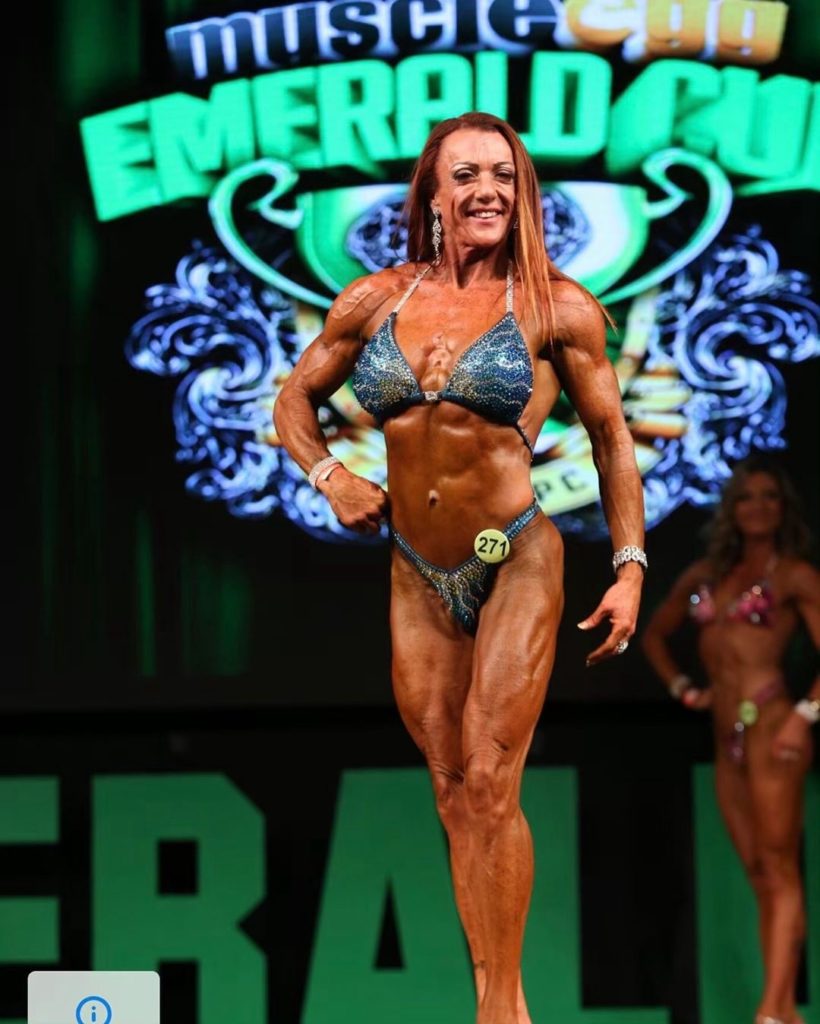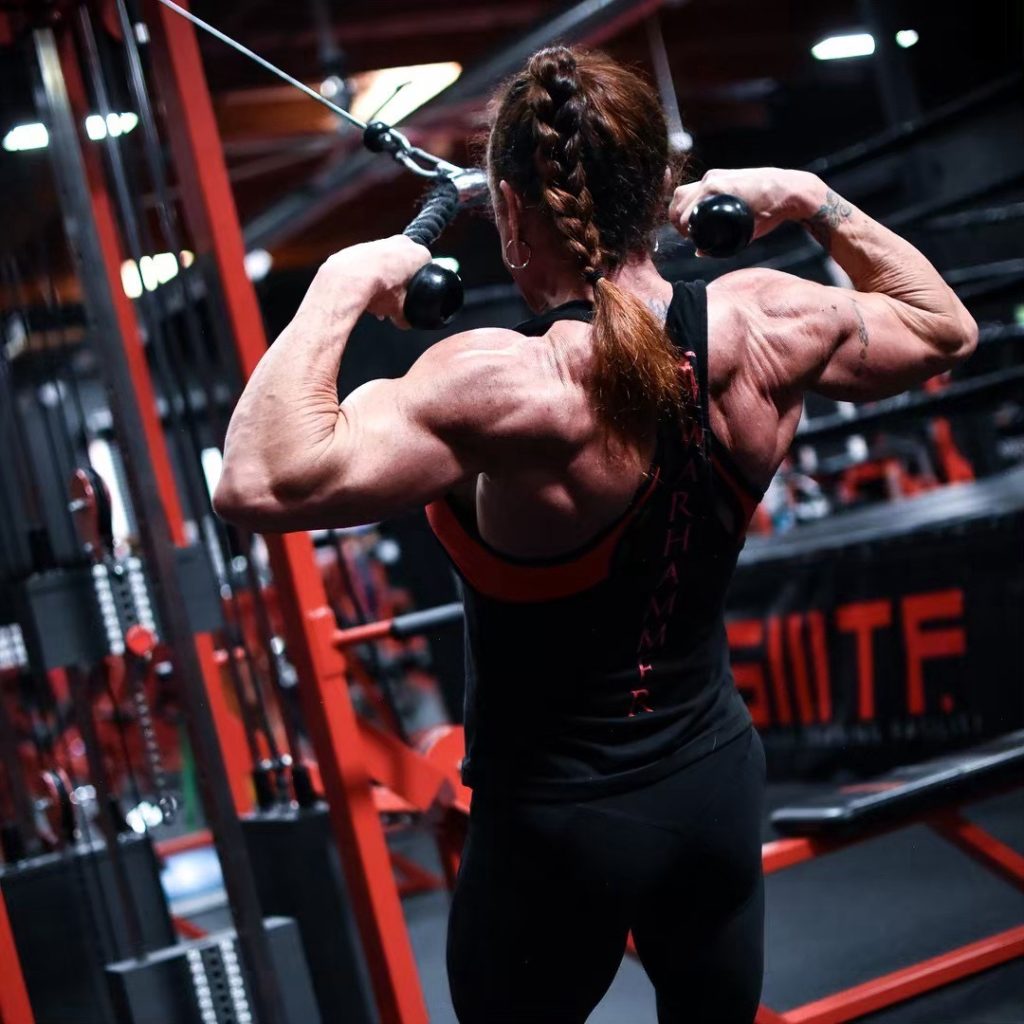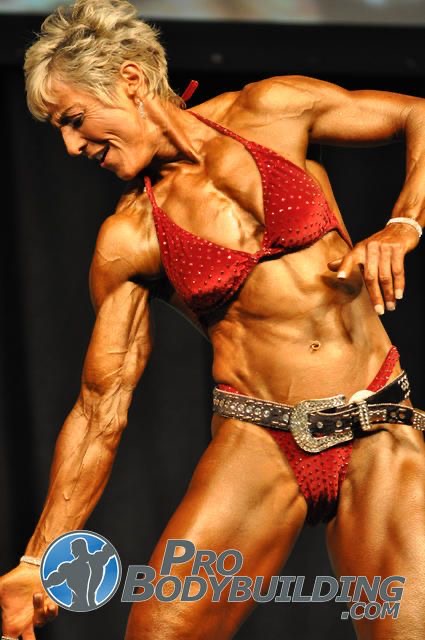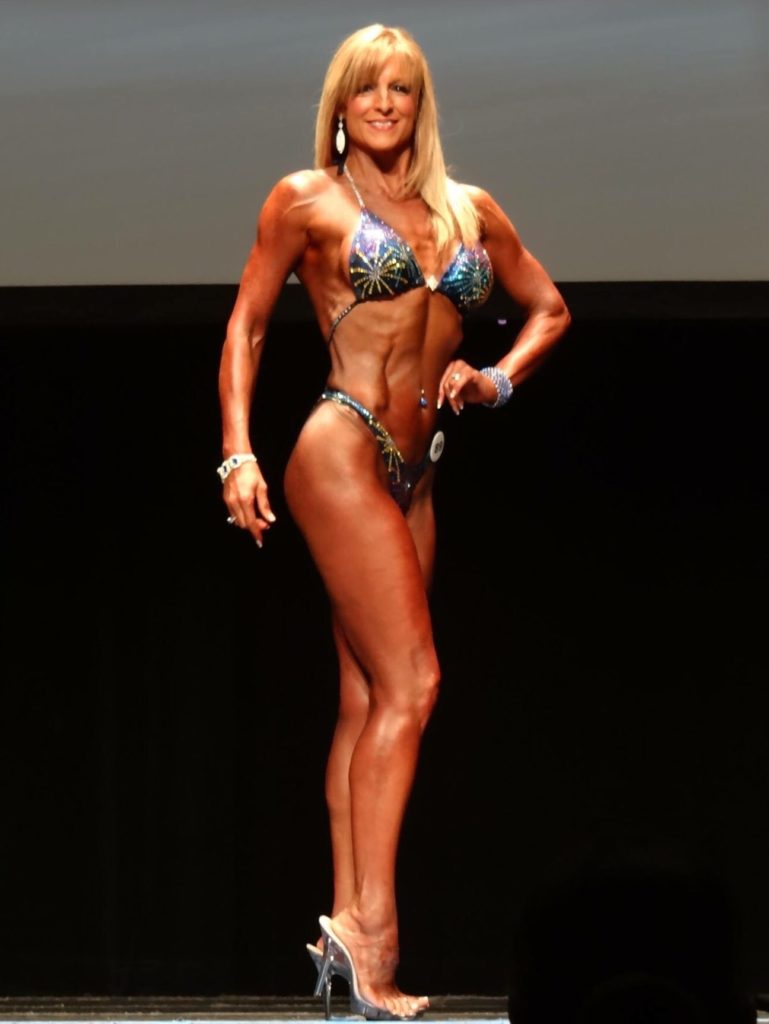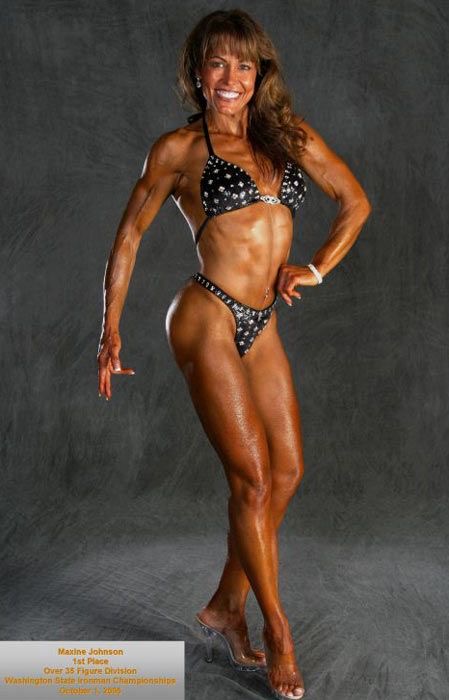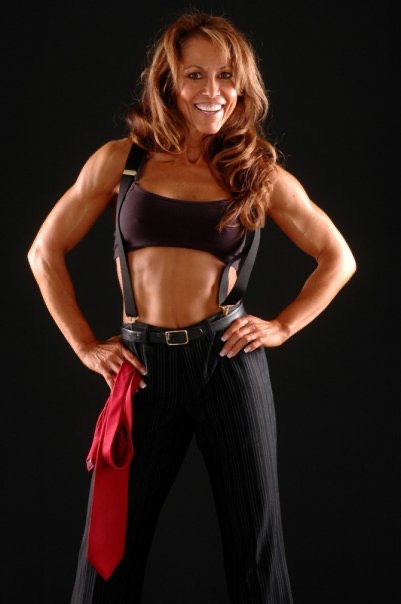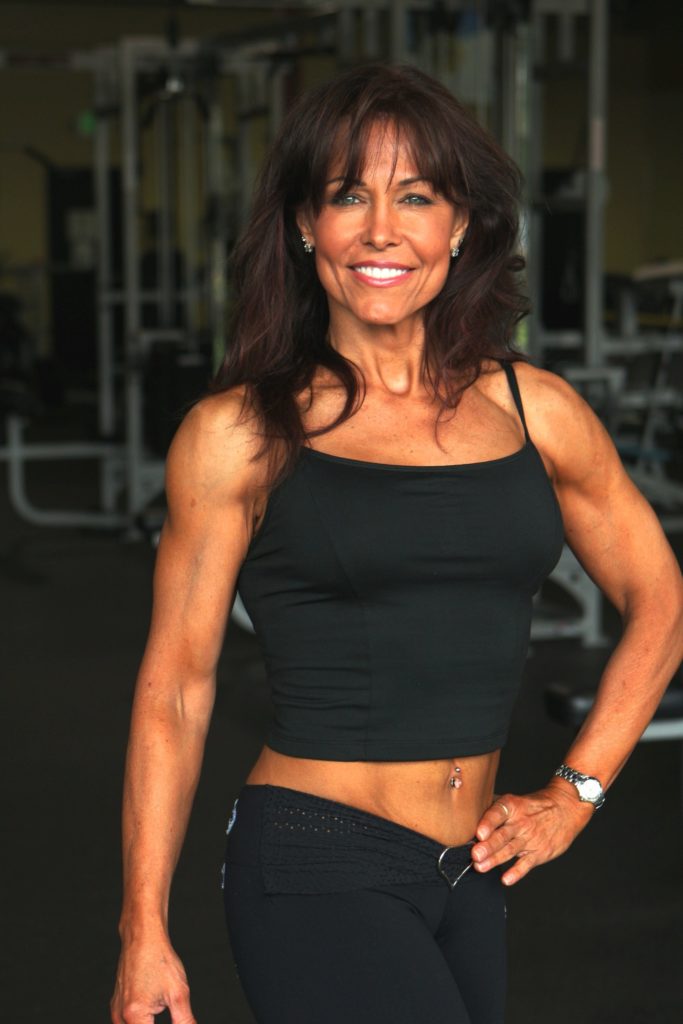The press and social media often make hyperbolic claims such as the idea that 50 is the new 30 — but if you have ever seen 50-year-old women bodybuilders, you might have to agree. And even if you are not ready to stand on a stage in nothing but a bikini and some baby oil, you can still benefit from a dedicated program of weight training when you’re over 50.
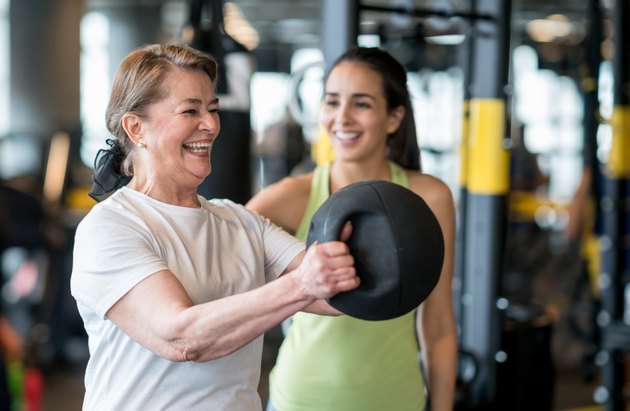
That’s right: Turning 50 does not mean you have to resign yourself to an ever-expanding muffin top and wobbly thighs. Even if you have spent the past three decades sitting and eating, it does not have to be all downhill from here. Aging does bring certain changes, but that doesn’t mean you have to go down without a fight. An aging body can be tough to make over, but it is not any harder than all the other life challenges you have already faced.
Bodybuilding may not make you look or feel 30 again, but it can go a long way toward improving your quality of life as you approach your golden years. Start slowly, building confidence as you build muscle, and watch those extra pounds melt away.
Tip
You can start weightlifting over 50, or at any age, as long as you are generally in good health and you start slowly.
Effects of Aging
Aging does more than thread tinsel through your hair and perform origami at the corners of your eyes. As you age, according to the experts at Emory University, your eyesight worsens, your skin begins to lose its elasticity, bone density lessens and muscles start to lose mass. This not only changes the way you look, it affects the way you feel and the way in which you move through the world.
Luckily, report researchers at Pennsylvania State University, regular strength training can actually extend your life span. They go on to explain that strength training, or bodybuilding, can lessen your risk for diabetes, low back pain, obesity and osteoporosis, while increasing your muscle mass, your range of physical motion and your strength.
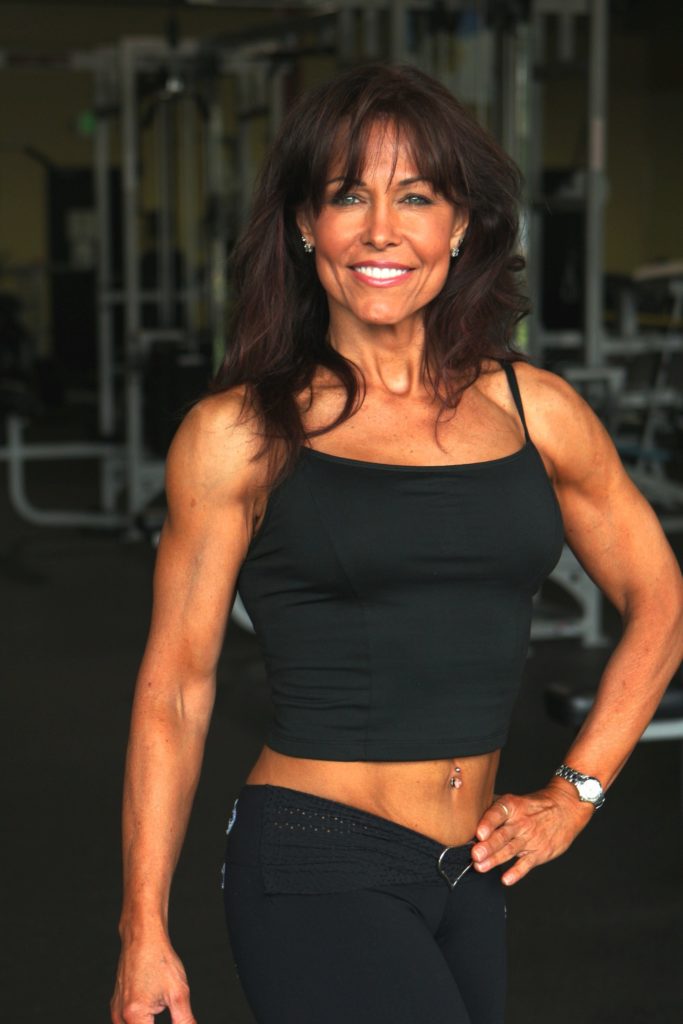
Penn State goes on to say that while exercise overall lowers mortality rates in older adults, strength training seems to play a larger part than aerobic exercise alone in helping prevent deaths due to cardiac events or cancer. While nothing can make you live forever, strength training improves the quality of your life as it also improves your odds of enjoying a long one.
Basics of Bodybuilding
Bodybuilding is more than just bulking up, especially if you are over 50 and if you are a woman. Weight training, according to the health authorities at University of California – Berkeley, can help prevent diseases such as osteoporosis and osteoarthritis, or help you manage and ease the symptoms if you have already been diagnosed.
So, while bodybuilding can be done to bulk up for competition, you can also do it just to build up your body so you have the strength and stamina to get you through your day with ease. In addition, UC-Berkeley points out, exercise can support and increase bone density, help you lose weight and improve your balance — which minimizes your risk of falling and other injuries.
UC-Berkeley further recommends consulting your physician or physical therapist to make sure you are healthy enough to start bodybuilding and to see if there are any exercises you should avoid. Those with low bone density, for example, should avoid any exercises that bend the spine — such as toe touches and crunches — because these put too much pressure on your back. Once you have discussed these issues with your health-care provider, you can design a bodybuilding program that works for you.

The Myth of “Man Muscles”
According to the experts at the International Sports Sciences Association, the main reason why so many women are reluctant to lift weights is because they are afraid they will end up looking like the bulked-up guys strutting around professional wrestling rings or bashing their way through superhero movies.
This is not likely to happen to women in general, and even less likely to happen to women over 50, ISSA reassures. Those guys, and the ones who enter bodybuilding competitions, keep to an incredibly intense schedule of workouts and a strict diet that includes supplements that help them perform better and recover faster. The average woman over 50 starting a bodybuilding program is just not going to bulk up that way.
What strength training will do for you is to tighten, build and define your muscles, making them leaner and stronger. Picture a ballerina body — or any of the women in those superhero movies. They are lithe and agile as well as being strong, and very few of them are in any danger of having muscles burst through their costumes.
Bodybuilding at 50
An over 50 workout does not have to be that much different from one designed for any other age if you live an active lifestyle and are in good health. The main difference you will find, according to Shannon Clark, writing for Bodybuilding.com, is in your recovery time. When you were in your 30s, Clark says, you could do an incredibly long and intense workout one day and then do it again the next.
Now that you are in your 50s, Clark explains, it takes longer for your muscles to recover. The best way to train so that you can build muscle, Clark advises, is to make sure you target every muscle group from head to toe in each workout, but take one day off in between each strength-training session.
This gives your muscles time to recover and rebuild, and it also ensures that the workout schedule is not so intense that you will get discouraged and give up. If you are concerned about being too inactive on your off days, do something more moderate like taking a long walk, swimming, dancing, bicycling for pleasure rather than speed, or playing with children or pets.
How to Start
There are about as many ways to start a bodybuilding program as there are different types of bodies. The best way to start building muscle after 50 is to set small, attainable goals. You will not be competition-ready in 30 days, and setting goals of losing inches in your waist or gaining them in your biceps are not always easy to attain with any predictability.

Feeling that workouts are too hard is the main reason most beginners quit, according to Tim Henriques, owner of the National Personal Training Institute of Virginia. Henriques recommends that your beginner workout should include all of the following, in this order:
- Warm-up of five minutes
- Eight resistance-training exercises with 10 to 15 reps, working all body parts
- 12 to 20 minutes of cardio
- Three- to five-minute cool down
- Stretching
Feeding Your Beast
The most important fuel you can provide to your body when you are trying to build muscle is protein. Proteins are found in meat products such as meats, poultry, seafood, eggs and dairy. You can also get it from plant sources such as legumes, nuts, spinach and kale. And you can combine foods to get a full complement of amino acids, such as when you eat beans and rice together.
The protein found in animal products is considered a complete protein because it contains the entire set of 10 amino acids that your body needs to process protein efficiently. The amino acids in proteins are sort of like molecular Legos. They come in an almost endless variety of shapes and sizes; they can be put together, taken apart and reconfigured to suit whatever need your body has for them.
While nutritional supplements are very popular among bodybuilders, certified sports dietitian at the University of California – San Diego Suzanne Smith explains that a diet based around lean proteins, fresh fruits and vegetables should be enough to fuel you as you build muscle. Ms. Smith goes on to say that while certain supplements, such as creatine can boost performance in high-intensity bursts of training, a healthy diet is the best place to start.
Important Things to Remember
There are many different elements that all need to come together to form a successful bodybuilding program, especially if you are over 50 years old. The main part of the program, of course, is designing a workout schedule that fits in with your daily life and also ensures that you can reach your fitness goals, whether they are for competition reasons, to achieve your preferred physical aesthetic or to become stronger to more easily accomplish daily tasks.
Nutrition is the second part of the equation. While it may seem like a good idea to rely on protein powders and supplements, keep in mind that a fresh, homemade diet is best because it allows you total control over the amount of fat, sodium and sugar in your diet. Lives get busy and the unexpected often occurs, so keeping portion-controlled, ready-to-eat meals in the freezer is an excellent way to make sure you will not be tempted to reach for a doughnut or head for the drive-thru.
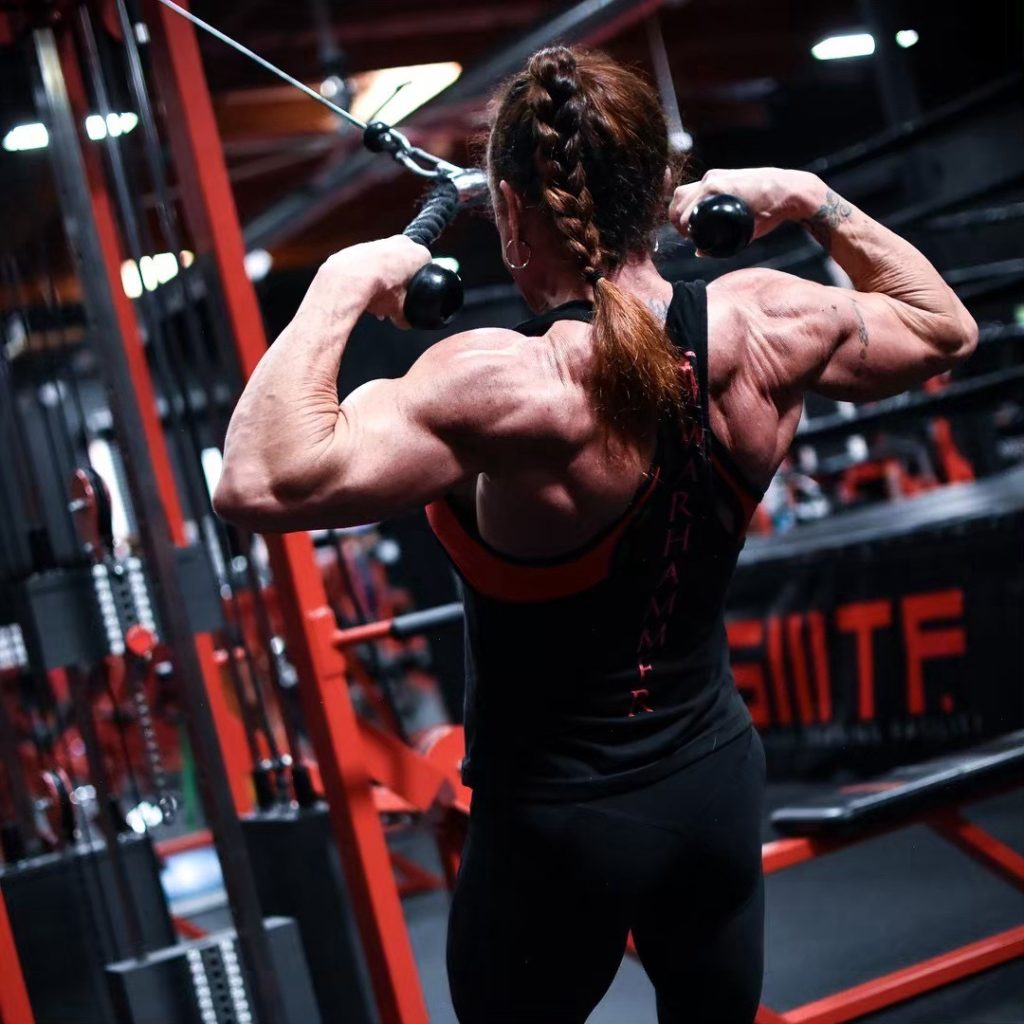
The factor that most people overlook is the need for enough sleep. We tend to need less sleep as we age, but this can actually thwart your goal of building muscle. According to the experts at the International Sports Sciences Association, while you are sleeping, glucose is stored in your muscle tissue as glycogen. This is necessary to fuel the human growth hormone, or HGH, which repairs and builds muscles when your body is at rest.



